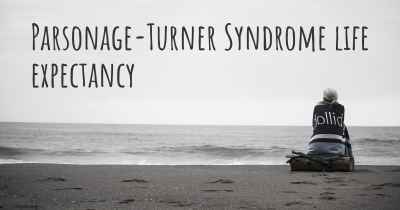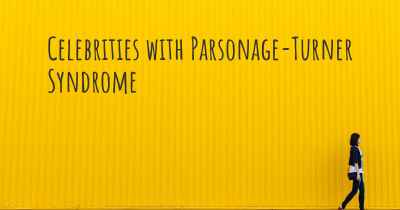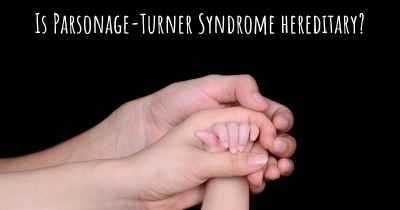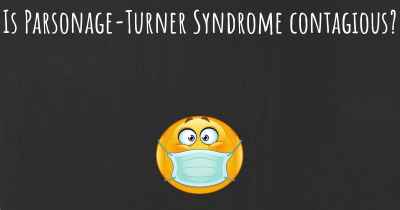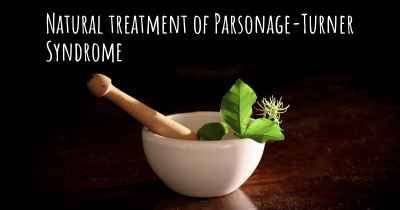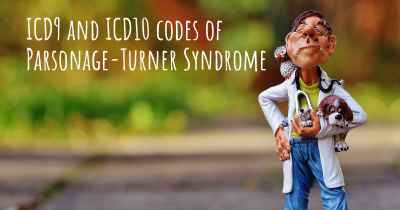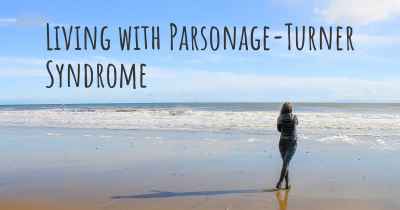What is the history of Parsonage-Turner Syndrome?
When was Parsonage-Turner Syndrome discovered? What is the story of this discovery? Was it coincidence or not?
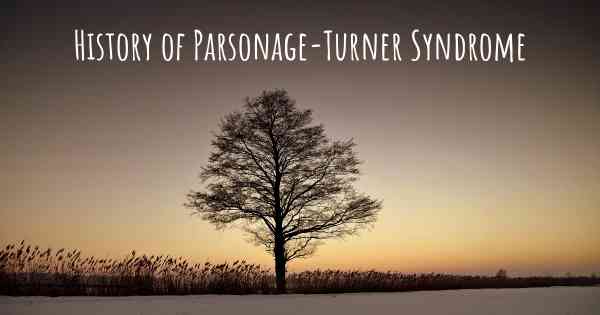
Parsonage-Turner Syndrome (PTS), also known as brachial neuritis or neuralgic amyotrophy, is a rare neurological disorder characterized by sudden and severe shoulder pain followed by weakness and atrophy of the affected muscles. The condition was first described by British physician Maurice Parsonage in 1948 and later expanded upon by American neurologist J. Aldren Turner in 1951.
The history of Parsonage-Turner Syndrome begins with the observations made by Maurice Parsonage during his service as a medical officer in the British Army during World War II. Parsonage encountered several soldiers who presented with acute shoulder pain and subsequent muscle weakness. Intrigued by these cases, he conducted further investigations and published his findings in a seminal paper titled "The Shoulder-Girdle Syndrome" in 1948. Parsonage described the clinical features of the condition, including the sudden onset of severe pain, muscle weakness, and subsequent muscle wasting.
Building upon Parsonage's work, J. Aldren Turner, an American neurologist, expanded the understanding of the syndrome and provided additional insights into its pathophysiology. In 1951, Turner published a comprehensive review of 136 cases, which he referred to as "neuralgic amyotrophy." He emphasized the involvement of peripheral nerves and proposed that the condition was likely caused by an immune-mediated response triggered by various factors such as infections, trauma, or vaccinations.
Over the years, the syndrome has been referred to by different names, including Parsonage-Turner Syndrome, brachial neuritis, and idiopathic brachial plexopathy. The term "Parsonage-Turner Syndrome" gained popularity due to the significant contributions made by both Parsonage and Turner in elucidating its clinical features and underlying mechanisms.
The exact cause of Parsonage-Turner Syndrome remains unclear, but it is believed to involve an autoimmune response triggered by various factors. In some cases, the syndrome has been associated with preceding viral or bacterial infections, such as respiratory or gastrointestinal infections. Trauma, surgery, and vaccinations have also been reported as potential triggers. However, in many instances, the cause of the syndrome remains unknown, leading to the classification of the condition as "idiopathic."
The clinical presentation of Parsonage-Turner Syndrome typically begins with the sudden onset of severe shoulder pain, often described as burning or stabbing. The pain may radiate down the arm and can be accompanied by numbness or tingling. Within days or weeks, muscle weakness and atrophy become evident, primarily affecting the shoulder girdle and upper arm muscles. The severity and distribution of weakness can vary among individuals.
Diagnosing Parsonage-Turner Syndrome can be challenging due to its rarity and overlapping symptoms with other conditions. A thorough clinical evaluation, including a detailed medical history and physical examination, is crucial. Electromyography (EMG) and nerve conduction studies can help confirm the diagnosis by demonstrating characteristic patterns of denervation and muscle involvement.
Treatment for Parsonage-Turner Syndrome focuses on managing symptoms and promoting recovery. Initially, pain management is essential and may involve the use of nonsteroidal anti-inflammatory drugs (NSAIDs), corticosteroids, or other analgesics. Physical therapy and rehabilitation play a crucial role in restoring muscle strength and function. In severe cases, surgical interventions such as tendon transfers or nerve decompression may be considered.
Research into Parsonage-Turner Syndrome has expanded our understanding of the condition, but many aspects remain poorly understood. Ongoing studies aim to identify the underlying mechanisms, genetic predispositions, and potential biomarkers for diagnosis and prognosis. Additionally, efforts are being made to develop targeted therapies that modulate the immune response and promote nerve regeneration.
In conclusion, Parsonage-Turner Syndrome is a rare neurological disorder characterized by sudden shoulder pain followed by muscle weakness and atrophy. The contributions of Maurice Parsonage and J. Aldren Turner have been instrumental in defining the clinical features and advancing our understanding of the syndrome. While the exact cause remains unknown, an autoimmune response triggered by various factors is believed to play a role. Diagnosis can be challenging, and treatment focuses on symptom management and rehabilitation. Ongoing research aims to unravel the underlying mechanisms and develop more effective therapeutic approaches.
Posted Apr 19, 2018 by Donna 2500
